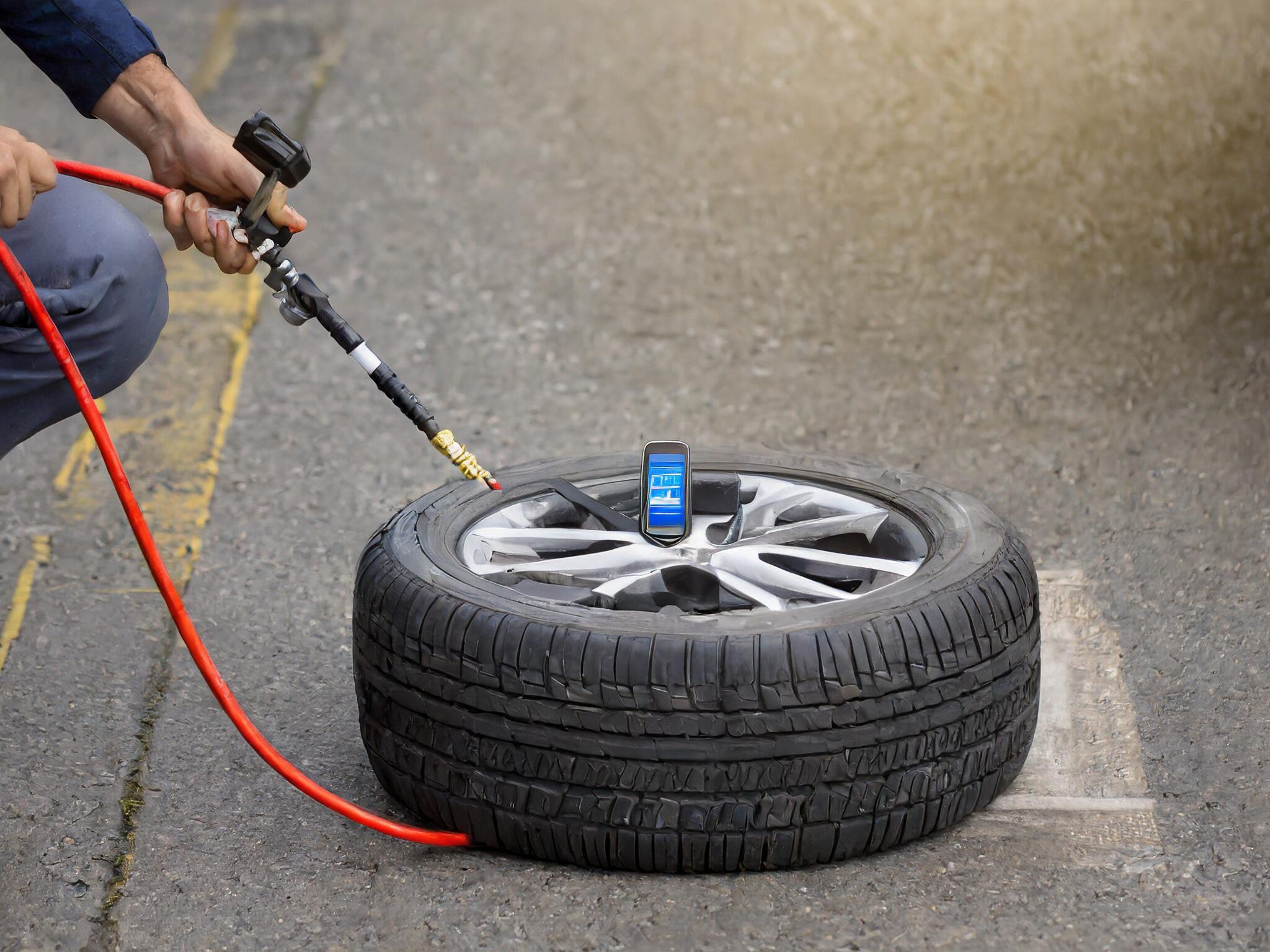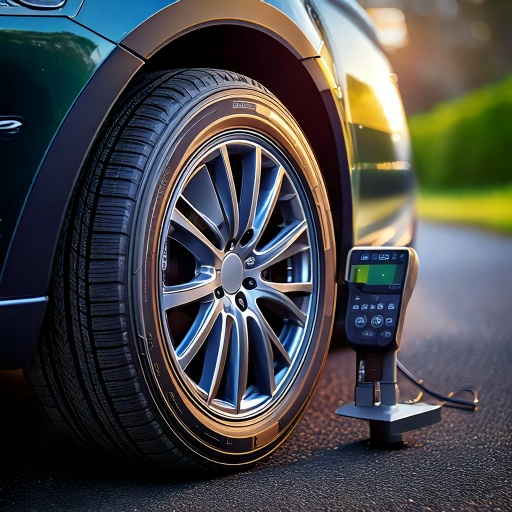1- Introduction
🚗 Tire pressure might seem like a minor detail, but it plays a critical role in your vehicle’s handling, braking, fuel economy, and overall safety, This is the reason most modern vehicles now include TPMS as a standard safety feature, These systems serve as your first line of defense against underinflated tires, a common issue that can cause serious accidents.
🗂️ Table of Contents
2- What Is TPMS?
📟 TPMS stands for Tire Pressure Monitoring System, and it’s a built-in safety feature in most modern vehicles, It actively monitors the air pressure in each tire and notifies the driver when levels become dangerously low, These alerts can help you avoid blowouts, improve handling, and maintain optimal fuel economy.
3- How TPMS Works
🔧 TPMS works using sensors located in the tires or through indirect monitoring via the anti-lock braking system (ABS), When a tire’s pressure drops below 25% of the recommended level, the system triggers a dashboard warning light, This light is usually shaped like a horseshoe with an exclamation mark, and it’s your cue to check the tires immediately.
4- Types of TPMS: Direct vs Indirect
⚙️ There are two main types of TPMS :
– Direct TPMS involves dedicated sensors inside each tire that deliver real-time air pressure data.
– Indirect TPMS estimates tire pressure using wheel speed sensors and compares rotational speeds to detect underinflation.
Direct systems are generally more accurate but require more maintenance, while indirect systems are less costly and easier to service.
5- Benefits of TPMS for Drivers
✅ The benefits of TPMS go beyond avoiding flats :
– Helps prevent tire blowouts caused by low pressure.
– Improves fuel efficiency by ensuring tires are properly inflated.
– Helps extend the lifespan of tires by promoting even tread wear.
– Alerts you before a tire problem becomes dangerous.
– Reduces CO2 emissions from inefficient fuel use.
6- How Low Tire Pressure Affects Driving
⚠️ Driving on underinflated tires can affect nearly every aspect of your vehicle’s performance, It increases rolling resistance, meaning your engine must work harder to move the car, This leads to higher fuel consumption and overheating tires, Low pressure also reduces traction, especially in wet conditions, and increases braking distances, all of which raise the risk of accidents.
7- Common TPMS Warning Signs and What They Mean
📢 What It Means When You See the TPMS Light :
– It means one or more tires are significantly underinflated.
– A blinking light may indicate a malfunction in the TPMS system.
– Some vehicles display individual tire pressure readings, while others only show a warning light.
Don’t ignore this light it’s a signal that your tires may not be safe to drive on.

8- How to Respond to a TPMS Alert
🛑 Steps to Take When the TPMS Warning Light Is On :
– Stop in a safe location and conduct a visual check of all tires.
– Use a digital tire pressure gauge to measure each tire’s PSI.
– Inflate tires according to the manufacturer’s recommended level (usually on a sticker inside the driver’s door).
– If the light remains on after reinflating your tires, consult a certified technician to diagnose the issue.
9- TPMS Maintenance Tips
🧰 To ensure your TPMS works properly long term :
– Replace TPMS sensors approximately every 5 to 10 years, or as battery life ends.
– Have sensors reprogrammed or relearned after changing tires or rotating them.
– Avoid using tire sealants that can damage TPMS sensors.
– Have the system checked during regular tire maintenance visits.
10- Legal Requirements and U.S. Regulations
📜 Since 2007, all new passenger cars and light trucks sold in the U.S. are required by law to have a TPMS, This mandate is part of the TREAD Act passed in response to fatal accidents involving underinflated tires, Some states even require a working TPMS for vehicle inspections and registration renewal.
11- TPMS and Vehicle Safety Technology Integration
🔗 TPMS is part of a broader network of vehicle safety technology, It often works in conjunction with :
– Anti-lock Braking Systems (ABS)
– Electronic Stability Control (ESC)
– Adaptive Cruise Control
– Lane Keeping Assist
Together, these systems improve vehicle safety by preventing skidding, hydroplaning, and instability due to poor tire conditions.
12- Myths and Misconceptions About TPMS
🤔 There are several common myths about TPMS :
– Myth : TPMS eliminates the need to manually check your tires.
👉Fact : You should still check monthly as sensors can malfunction.
– Myth : You can ignore the warning light if the car feels fine.
👉Fact : Even slight underinflation reduces safety and efficiency.
– Myth : All tires need to be equally low for the light to activate.
👉Fact : A single tire can trigger the warning if it’s just 25% under.
13- Final Thoughts
📝 TPMS might not be as visible as airbags or traction control, but it’s just as vital, It ensures your tires are safe, your vehicle performs well, and your chances of avoiding an accident improve dramatically, Always take the warning light seriously, maintain your tires regularly, and understand how TPMS works it could save your life.
📌 Internal Link :
Safety Glasses for Drivers: Are They Necessary?
Flock Safety Technology: How It Works and Where It’s Used
🌐 External Source :

